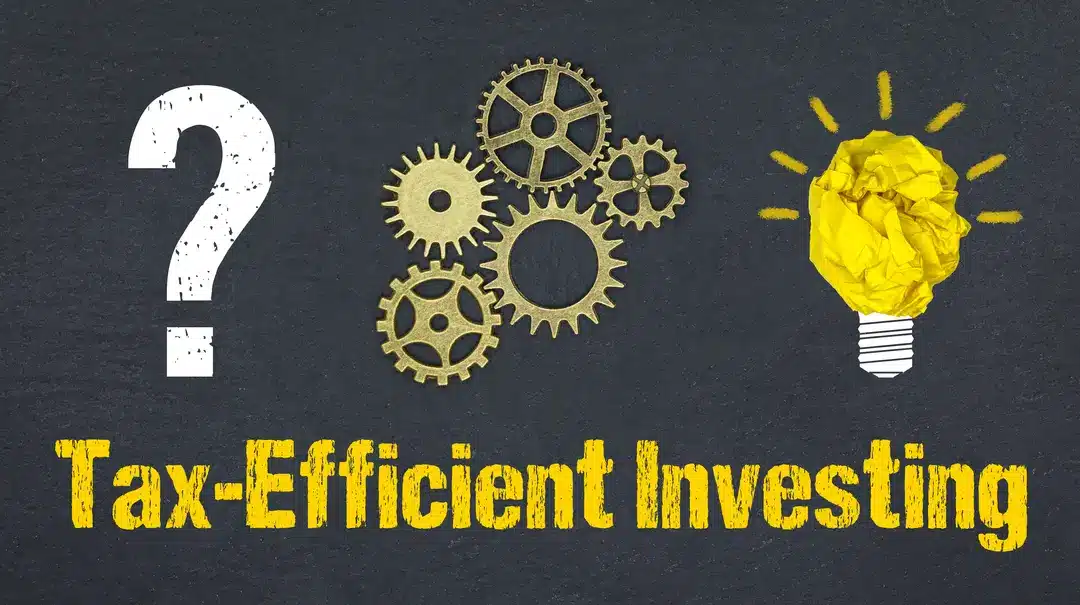Strategic withdrawals may help minimize your tax burden, preserve retirement savings, and maintain steady, dependable income throughout your golden years.
Developing a strategy to maximize income while minimizing tax burden is one of the more complex aspects of retirement planning. Unfortunately, there is no simple tax savings formula that can be universally applied to every retiree.
Experienced tax planning and preparation professionals may be able to help you chart the optimal path to optimizing your tax bill.
Should You Start With Taxable Accounts?
Many tax professionals recommend beginning withdrawals with taxable accounts, such as brokerage or savings accounts. These accounts are funded with after-tax dollars, and withdrawing principal typically does not trigger additional taxes.
However, postponing withdrawals from tax-deferred accounts can lead to large required minimum distributions (RMDs) for retirees who have built up a large nest egg. These RMDs may push well-funded retirement savers into a higher tax bracket and risk triggering Medicare high-income surcharges.
Retirees with a mix of taxable and tax-deferred accounts may benefit from a more nuanced strategy, such as balancing withdrawals from both types of accounts.
Determining the best withdrawal schedule isn’t always straightforward, especially for retirees with a variety of accounts. You may be best served by discussing your options with experienced retirement and tax planning professionals.
Leverage Tax-Deferred Accounts Strategically
A thoughtful approach to withdrawals can help retirement savers avoid unnecessary taxes from their tax-deferred accounts, such as traditional IRAs and 401(k)s. Managing your annual distributions, which are taxed as ordinary income in retirement, may allow you to remain within a favorable tax bracket and avoid significant tax spikes.
Alternatively, retirees might consider converting a traditional IRA into a Roth IRA earlier in retirement, especially if they expect to be in a higher tax bracket later. Funds in Roth IRAs are not subject to RMD requirements, allowing them to grow tax-free after a conversion.
Some retirees may also benefit from incremental conversions—sometimes referred to as laddering—to avoid a single large Roth conversion tax payment.
Another potential strategy is to begin disbursements in your 60s, before you’re required to take them, to spread your tax liability over more years.
There’s no perfect one-size-fits-all approach. The optimal withdrawal strategy for your savings will depend on your mix of accounts and assets.
Harvest Capital Gains and Losses
Tax-loss harvesting, a strategy often used by financial professionals, involves selling underperforming investments to offset gains from better-performing assets. This practice may allow you to simultaneously reduce your overall tax liability and rebalance your portfolio to optimize performance.
Social Security Considerations
Deciding when to claim Social Security benefits is a crucial part of tax-efficient retirement planning.
Delaying benefits can increase your monthly payments when you begin collecting. This could reduce your reliance on withdrawals from both taxable and tax-deferred savings. For couples, coordinating benefit claims can also optimize total lifetime payouts.
If one spouse earned significantly more than the other, the lower-earning spouse might choose to take their Social Security benefits early. This approach may allow the higher-earning spouse to delay their benefits, increasing their eventual monthly payout.
Life expectancy or health issues might also influence your decision, particularly if your goal is to maximize and preserve the higher-earning spouse’s survivor benefits.
Ultimately, the approach you choose should depend on your financial situation, health, and retirement goals. It is likely in your best interest to discuss these factors with experienced retirement planning professionals.
Coordinate Withdrawals With Tax Brackets
Withdrawing slightly more from tax-deferred accounts during years when your taxable income is lower can help ensure that the funds are taxed at a lower rate. This approach could prevent large required minimum distributions that have the potential to push you into a higher tax bracket later in retirement. It also reduces the risk of triggering additional costs, such as Medicare high-income surcharges.
Discuss Your Options With Experienced Retirement and Tax Planning Professionals
Which withdrawal approach will maximize your lifetime tax savings depends on many different variables, including the types of accounts you have, your total savings, your Social Security benefits, and your estate planning strategy.
Crafting a personalized withdrawal strategy that is optimized for wealth preservation can be a complex process. The team at Fullerton Financial Planning is dedicated to explaining your options and developing a roadmap you can understand.
Schedule a meeting by calling us at (623) 974-0300, or join one of our upcoming seminars or webinars to learn more.






